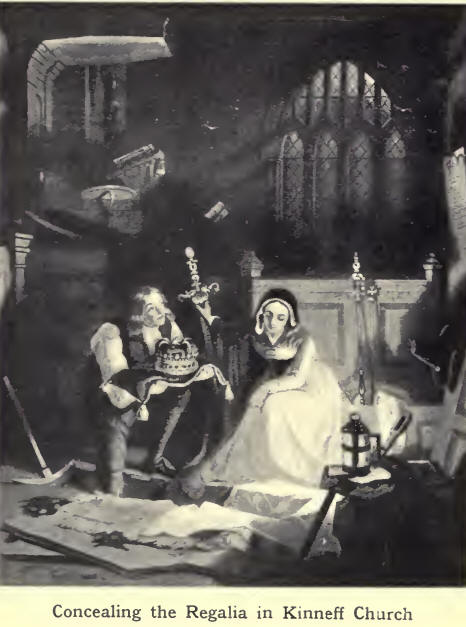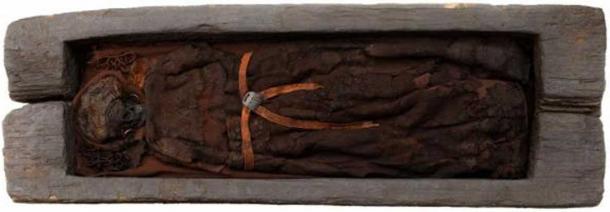
The Crown, sword and sceptre, the oldest Royal Regalia in Britain, were moved to Dunnottar near Stonehaven for safekeeping following the coronation of Charles II on January 1 1651. They were hidden in sacks of wool by Katherine Drummond of Moneydie, Perthshire, and carried to Aberdeenshire through territory occupied by Cromwellian forces.
But with Cromwell’s army advancing north, their safety could not be guaranteed for long and in September 1651, Dunnottar, home of the Earl Marischal, was besieged for eight months.
Four women laid out an audacious plan to move the Honours under the nose of the army with a female servant to assist in the mission.
"On 3d January 1652, Lambert again summoned the castle of Dunnottar to surrender upon honourable conditions, which were again rejected by the Lieutenant-Governor ; and, after this period, the castle was subjected to a close blockade In this emergency female ingenuity discovered a remedy, where masculine valour and prudence might totally have failed.
The Countess-dowager Mareschal, by birth daughter to John Earl of Mar, was probably the planner of this successful scheme. The immediate agent was Christian Fletcher, wife of the Rev. James Granger, minister of KinnefF, a small parish church within four or five miles of the castle of Dunnottar, who obtained from the English general permission to pa}' a visit to the Governor's lady.
Mrs Ogilvy acted in concert with the Lady Mareschal, but it was agreed that her husband should not be admitted into the secret, in order that, upon the surrender of the castle, an event now considered as inevitable, he might be enabled to declare with truth that he knew neither when, how, nor to what place, the Regalia had been removed. " (Source: Description of the Regalia of Scotland by Sir Walter Scott, 1875)
read more






